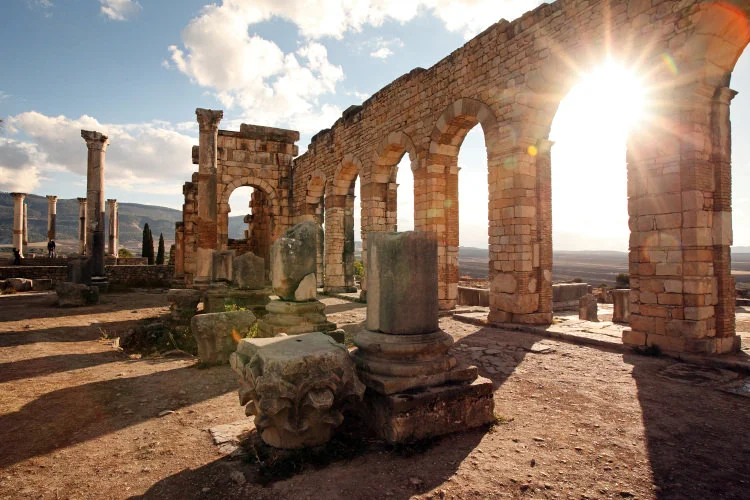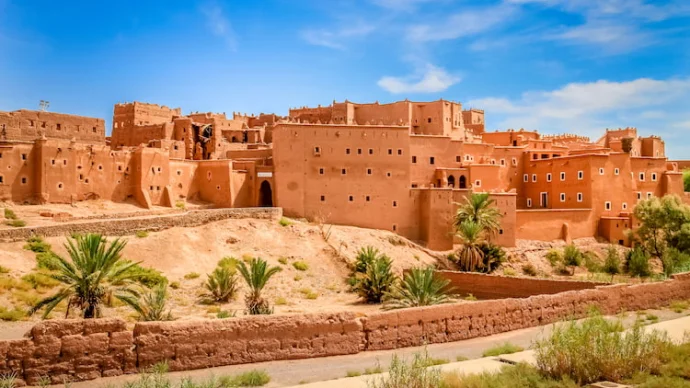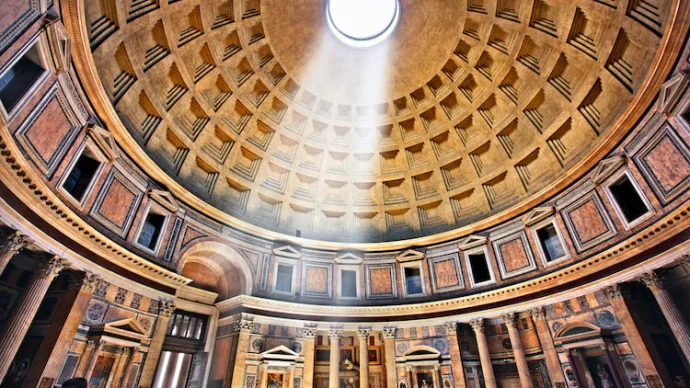
About Volubilis
Volubilis in Morocco is a UNESCO-listed ancient Roman site housing extensive ruins dating back to the first century BC.
History of Volubilis
Already a thriving town, the Romans developed Volubilis from approximately 25 BC, during the reign of Juba II, a Berber prince appointed as the ruler of the region by the Emperor Augustus. Juba II was married to the daughter of Anthony and Cleopatra.
The residents of Volubilis were a diverse people and included Africans, Syrians, Spaniards and Jews, amongst others and would have numbered up to 20,000 at its peak.
Development continued to 40 AD, when Volubilis became a minicipium (a self-governing Roman city) of the Roman African region of Mauretania Tingitana. The fortifications of Volubilis were erected in approximately 168 AD, during the rule of Emperor Marcus Aurelius Antoninus, known as Caracalla.
Amongst the ruins of Volubilis, visitors can see an array of public buildings, olive mills (the economic basis of ancient Volubilis), sophisticated thermal baths, houses, temples and defensive walls with many elaborate mosaics dotted throughout.
One of the most famous structures at Volubilis is the Triumphal Arch of Caracalla, built for the Roman Emperor upon his death in 217 AD. The Triumphal Arch of Caracalla is very well preserved, and although its top section is now gone, it is still an incredibly impressive structure and a treat for any history enthusiast. Climb the hillock next to it for impressive views of the site.
Volubilis today
The site is open from dawn to dusk: guides are available for hire from the entrance. By no means has the whole site been excavated – roughly 20 hectares have been uncovered, mainly at the northern end. There’s a small onsite museum with some of the finds made at Volubilis, but the bulk of them remain at the National Archaeology Museum in Rabat.
The early and late late casts a magical glow across the ruins, and often provides a pleasant respite from the harsh desert sun. Summer (June – August) can feel like something of an inferno – there’s little to no shade so if you do come in the summer, bring plenty of water and a hat, and try and wear long clothes. Expect a visit to last several hours, if not a half or a whole day, and wear comfy shoes!
Getting to Volubilis
Volubilis is about 35km north of Meknes or 80 kilometres west of Fez: if you’re driving, you’ll want to head up on the N13, before turning onto the P7006 to Volubilis itself. Head down the A2 from Fez to Meknes, then do the same. There are plenty of organised day trips from both cities, and it’s not hard to find a group to hire a grand taxi with to take you in the right direction.
If you’re coming from Fez, some find it easier to take the train to Meknes and then hire a taxi directly from the station to Volubilis.
Featured In

Morocco Historic Sites
A country with traditions from sub-Saharan Africa, Europe, and the wider Middle East woven into its cultural fabric, Morocco is host to a number of historic sites which make for a fantastic visit.

Roman Temples
Discover incredible Roman temples you can still visit today, from Baalbek to the Pantheon and more, includes an interactive map of surviving temples from ancient rome.



















